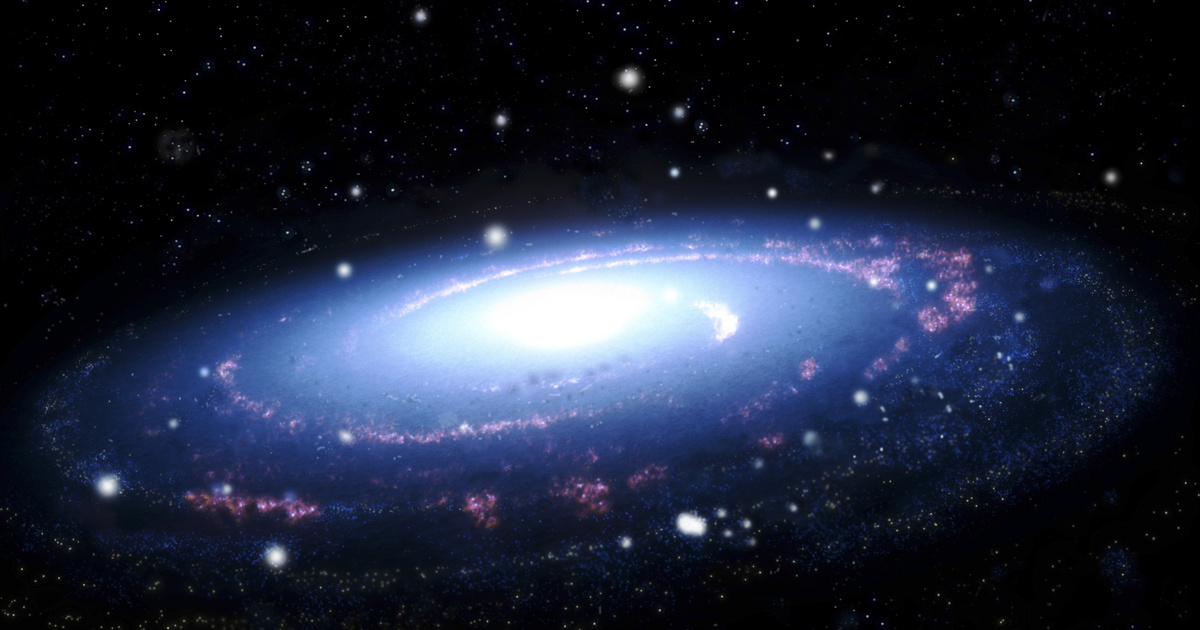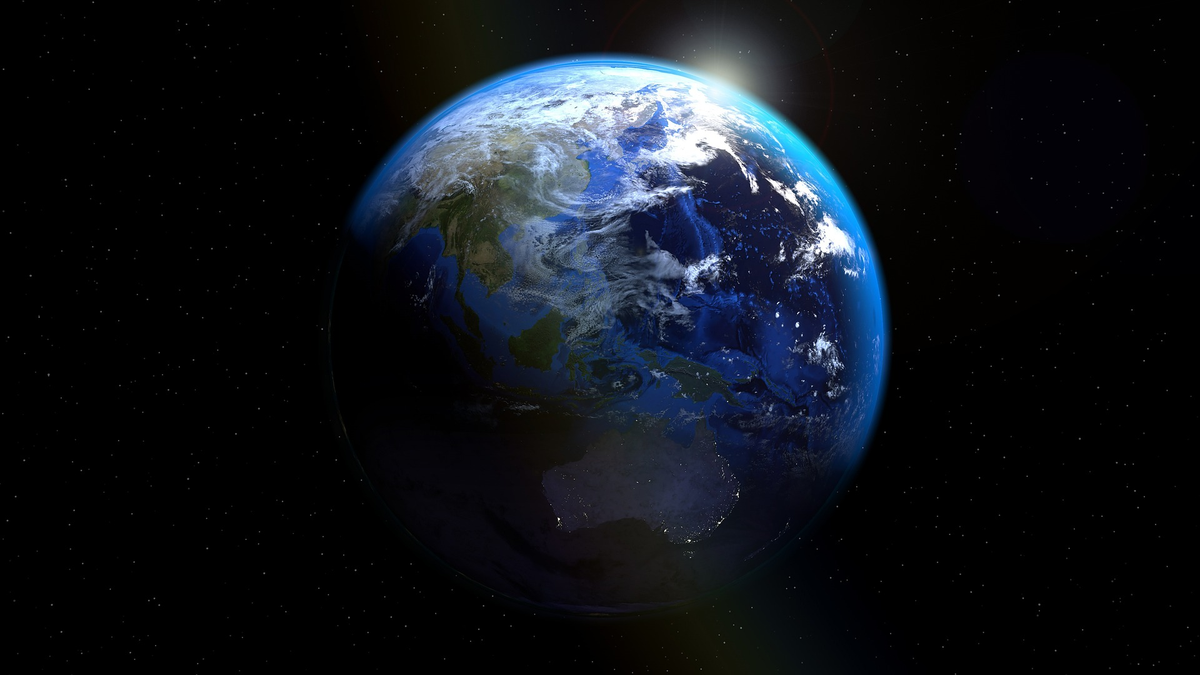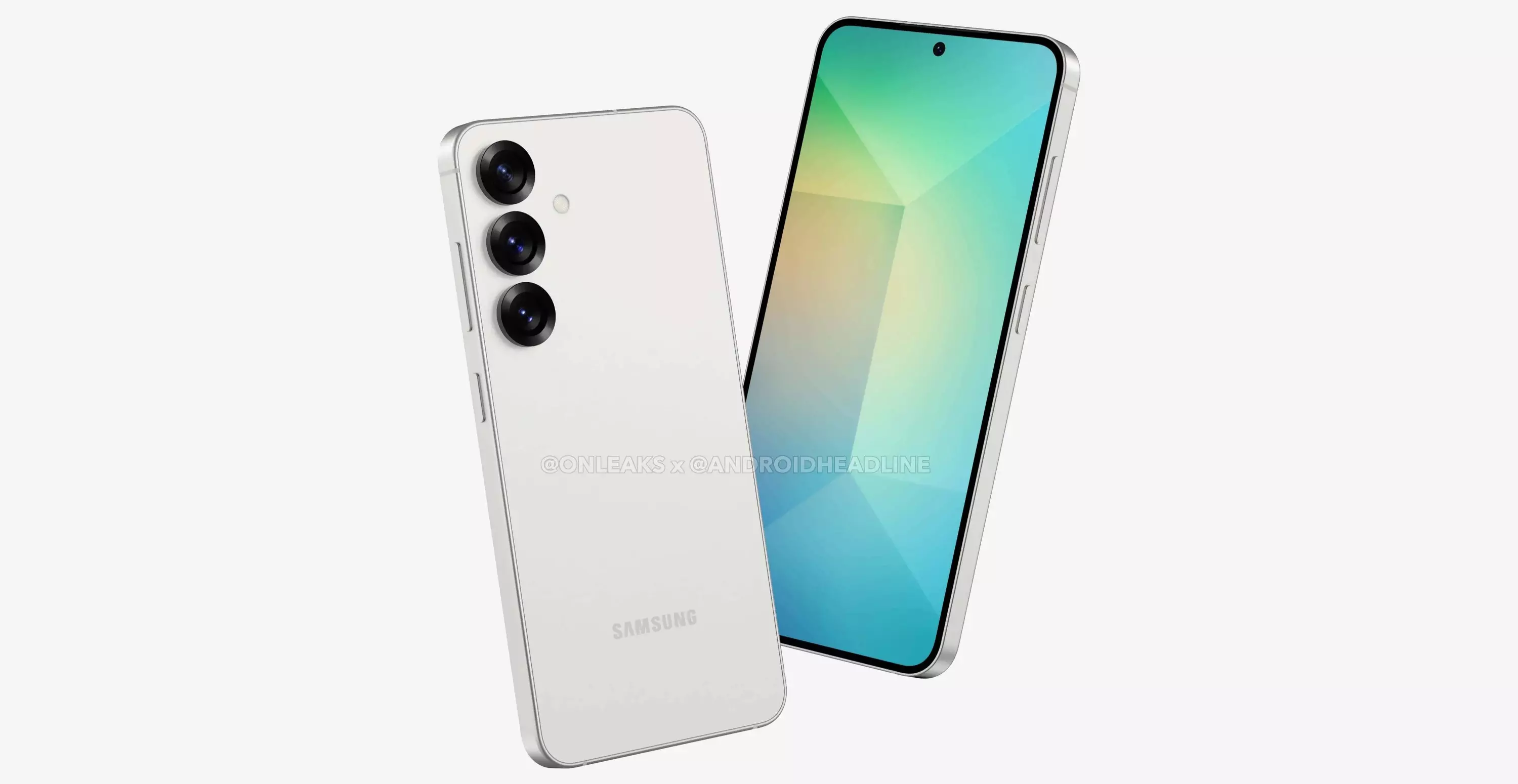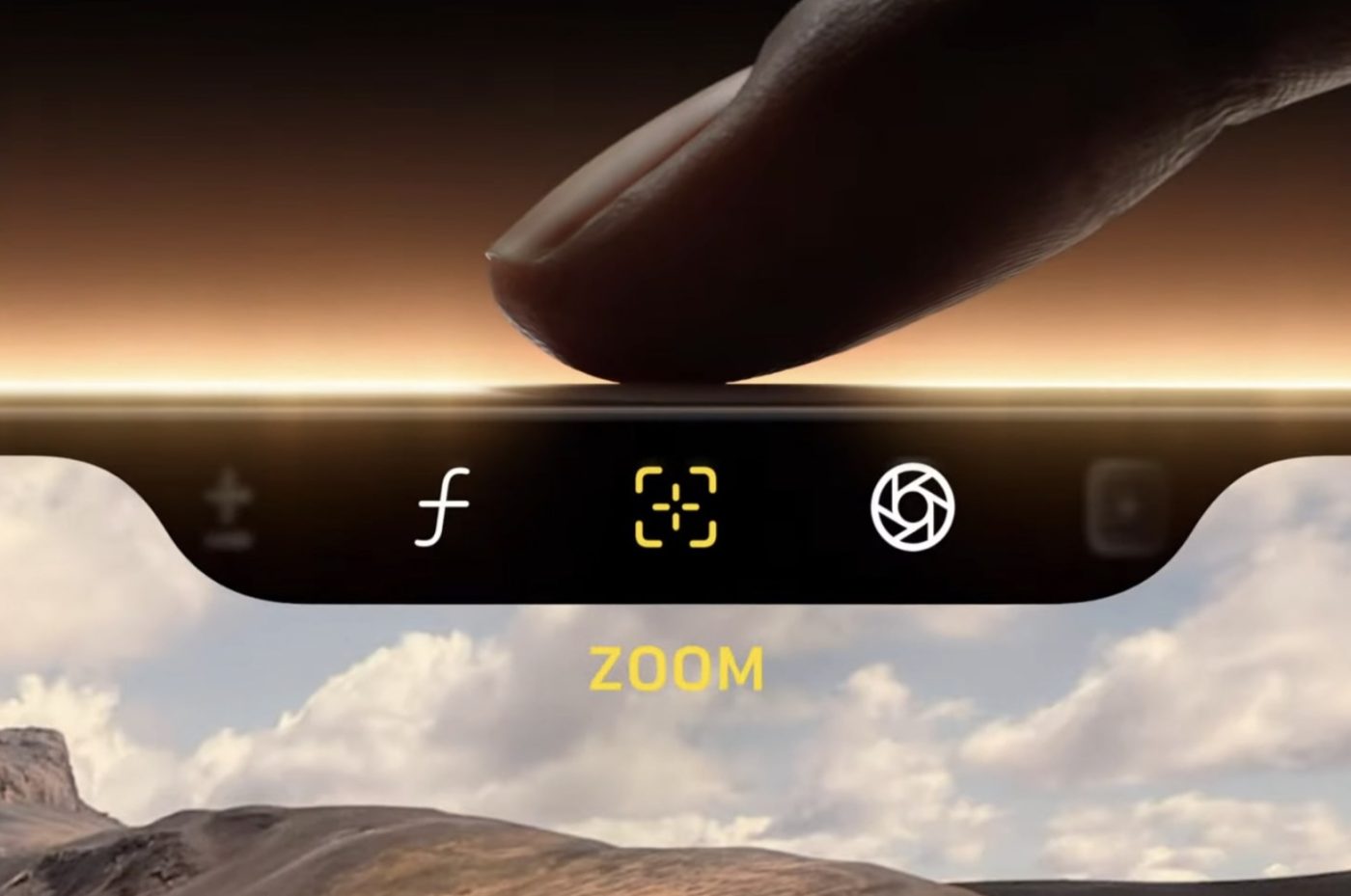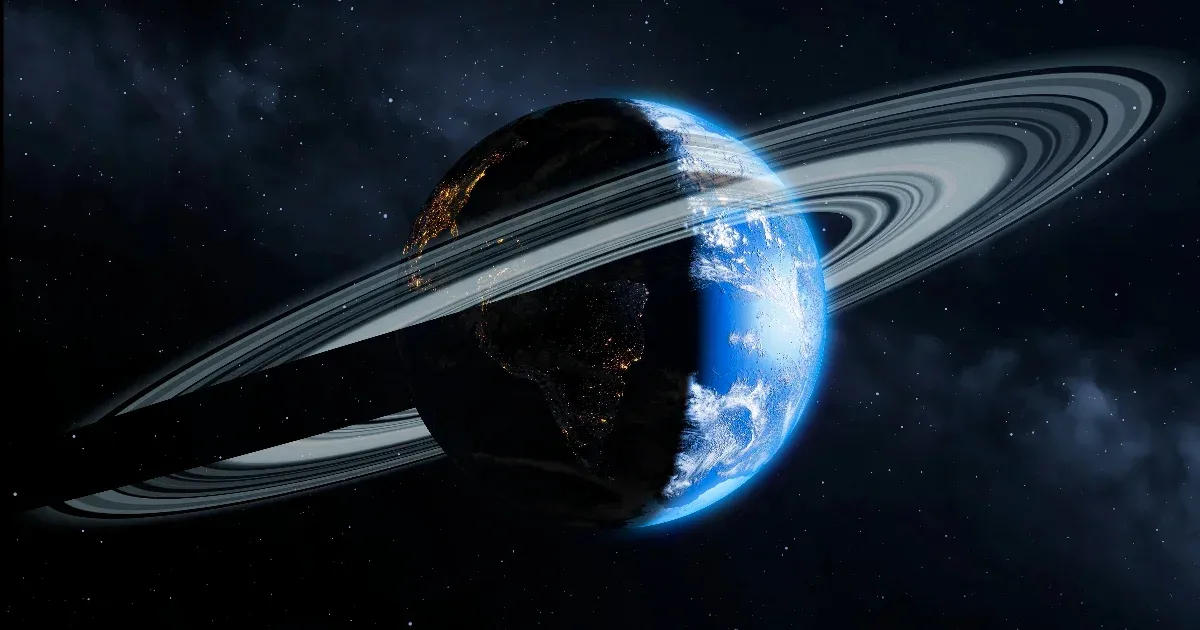When it comes to ringed planets, Saturn is probably the first thing that comes to mind, but 466 million years ago, Earth may have had a similar ring, after Earth was nearly hit by an asteroid, and pieces of rock from it may have entered our planet's gravitational field. New world According to him, the ring could have hovered around the Earth for ten million years, and this phenomenon may have affected the planet's climate.
At least that’s what Andrew Tomkins, a researcher at Monash University in Australia, claims. His team has discovered 21 craters that could have been hit by meteorites during the Ordovician period 466 million years ago. The craters, the researchers say, were formed as part of a previously unidentified ring that may have hit the planet as it exited Earth’s orbit.
Based on the movement of the continents' tectonic plates, it's possible that the craters were close to the equator at the time of the impact. According to the researchers, this association suggests a ring, since they typically form around the equators of planets. The research group bases its discovery on the fact that meteorite impacts have previously been identified in several limestone deposits near the equator from this period. According to Tompkins, there is a one in 25 million chance that each crater would be found around the equator if the meteorites struck independently.
Researchers believe that a 12-kilometer-wide asteroid passed so close to Earth that the planet’s gravitational field ripped it apart, creating the debris ring. It’s possible that the ring later cast a shadow on Earth that caused unprecedented global cooling and the most icy conditions on the planet in the past 500 million years, but the nature of this phenomenon has not been fully explored by researchers.
“We don’t know what the ring would have looked like from Earth, how much light it would have absorbed, or how much debris would have had to be in the ring to cool the temperature on Earth.”
“It’s not unusual for planets to be attracted to asteroids,” said Tomkins, who believes that this could happen on Earth once every ten million years. But he added that for smaller planets like Earth or Mars, it’s very rare for a large asteroid to pass within the Roche limit. This is the critical distance between two celestial bodies, where the larger body destroys the smaller one due to tidal forces.
The exact distance for this depends on the properties of the two celestial bodies. While in the case of a solid asteroid approaching Earth, the Roche limit is just over 3,000 km, an asteroid made of loose debris will disintegrate at a distance of less than 16,000 km.
According to Birger Schmitz of Lund University in Sweden, the approach the team took is novel and innovative and could explain some of the observations. “But the data is not yet sufficient to say that Earth actually has rings,” Schmitz said. One way to test the theory, he said, would be to look for asteroid remains in the craters the team identified and other nearby sites from a similar time to see if there is indeed a connection between the craters found and the suspected ring.



















